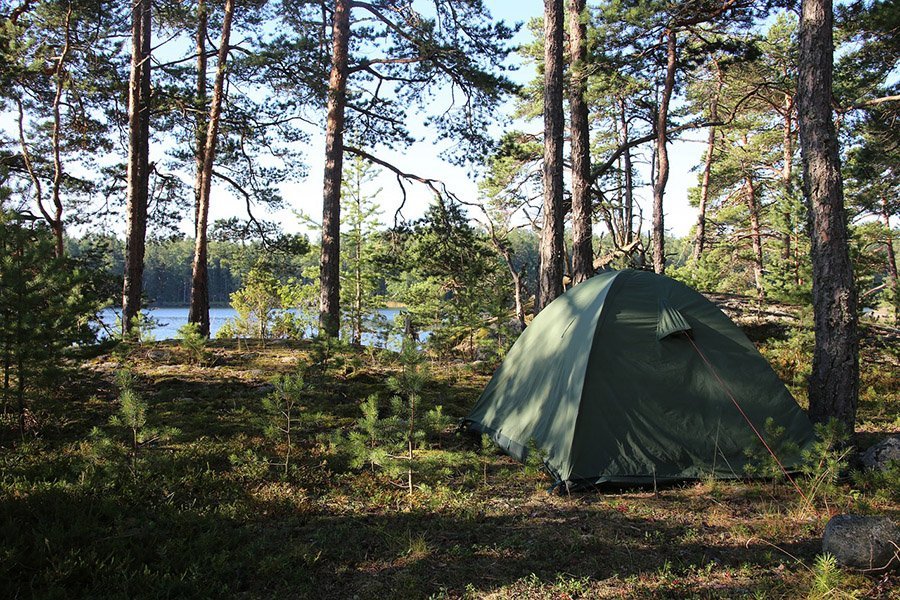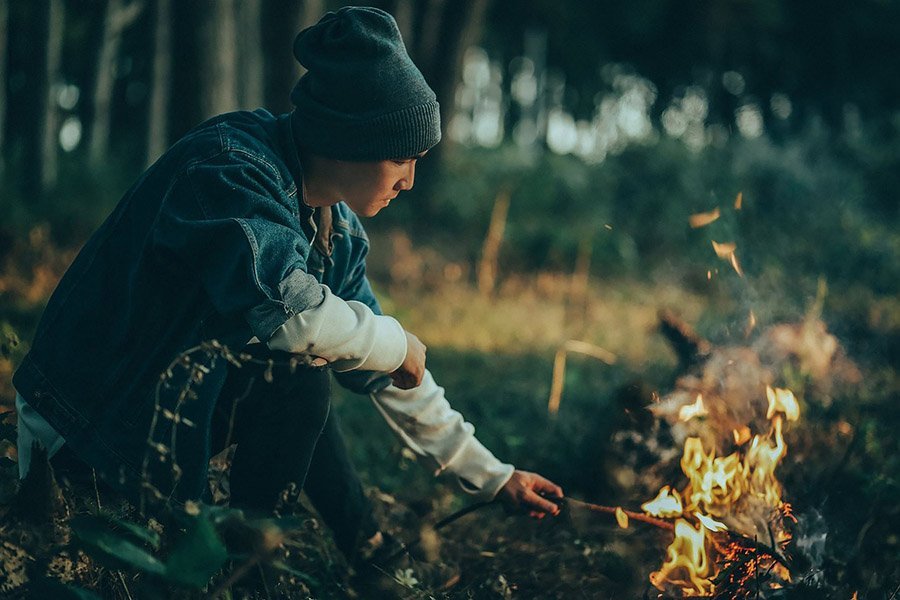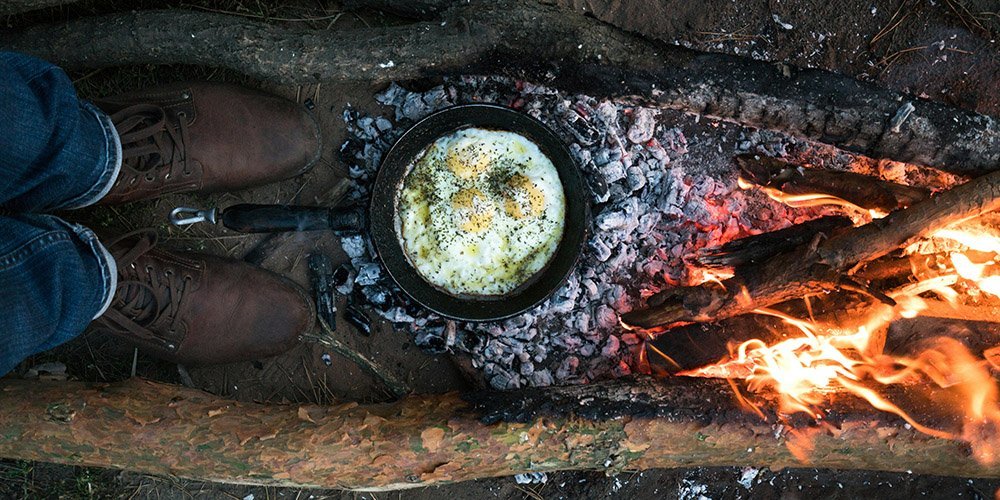The Ultimate Guide to Camping in the Woods: Tips, Locations, and Essential Gear
Camping in the woods offers a unique opportunity to escape from the hustle and bustle of daily life and immerse yourself in nature. Whether you’re looking to explore dense forests, enjoy a serene lake view, or just disconnect from technology, camping in the woods can be a rejuvenating experience. This guide covers everything you need to know, from choosing the best spots to packing the right gear and staying safe.
Choosing the Right Campsite
National Forests and State Parks: National forests and state parks often provide excellent locations for dispersed or backcountry camping, allowing you to choose a spot away from designated campgrounds. Popular options include the Appalachian Trail, Adirondack Park in New York, and Yosemite National Park. Always check local regulations, as some areas require permits or have specific camping restrictions to protect the environment.
Private Campgrounds: If you prefer more amenities, private campgrounds in wooded areas can offer a balance of nature and convenience. Look for sites that provide access to hiking trails, lakes, and basic facilities like restrooms and picnic areas.
Pro Tip: Research your chosen location in advance and let someone know your itinerary, especially if you’re camping in a remote area. It’s also a good idea to check in with local park rangers for any updates on weather or wildlife conditions.
Also read: The Ultimate Guide to Beach Camping: Top Spots and Tips for an Unforgettable Experience

Essential Gear for Camping in the Woods
Shelter and Sleeping Gear:
- Tent: Choose a tent with a strong frame and adequate weatherproofing to withstand wind and rain.
- Sleeping Bag: A warm, insulated sleeping bag is crucial, as temperatures can drop significantly in the woods, especially at higher elevations.
- Sleeping Pad: This provides extra insulation from the cold ground and enhances comfort.
Cooking and Food Storage:
- Portable Stove or Fire Pit: If campfires are permitted, ensure you follow safe fire practices. Bring a portable stove as a backup.
- Bear-Proof Food Containers: Proper food storage is essential to prevent attracting wildlife like bears, raccoons, or even mice.
Safety and Navigation:
- First Aid Kit: Include items like bandages, antiseptic, and any personal medications.
- Map and Compass or GPS: Cell service may be unreliable, so always carry a map and compass.
- Flashlights and Extra Batteries: Multiple light sources are essential, as darkness falls quickly in the woods.
Staying Safe in the Woods
Wildlife Precautions: Different regions have different wildlife risks, from bears in the north to snakes and alligators in the south. Always store food properly and keep your campsite clean to avoid attracting animals. Learn about the specific wildlife in your area and take precautions such as carrying bear spray or wearing appropriate clothing to prevent insect bites.
Weather and Environmental Factors: Temperatures can fluctuate significantly in wooded areas, especially at night. Be prepared for colder weather, even in summer. If you’re camping at higher elevations, bring gear suited for those conditions. Always check the weather forecast before heading out, and be aware of local hazards like flooding or falling trees.
Leave No Trace: Practice Leave No Trace principles to protect the environment. This includes packing out all trash, avoiding damage to vegetation, and using established trails and campsites whenever possible.
Also read: 25 Fun and Exciting Camping Games for Adults to Spice Up Your Outdoor Adventure

Top Activities to Enjoy While Camping in the Woods
Hiking and Trail Exploration: Hiking is one of the best ways to explore the beauty of the woods. Research trails in your area and choose ones that match your skill level. Remember to bring a map, plenty of water, and snacks. Along the way, look out for unique plants, wildlife, and scenic viewpoints.
Wildlife Watching: The woods are home to a variety of wildlife, from deer and birds to more elusive creatures like foxes and bears. Bring binoculars and a camera, and observe from a safe distance. Early morning or late afternoon are the best times for wildlife spotting.
Fishing and Swimming: If your campsite is near a lake or river, consider bringing fishing gear. Always check local fishing regulations and obtain any necessary permits. Swimming in natural bodies of water can be refreshing, but be cautious of currents and always have a buddy with you.
Tips for a Comfortable Camping Experience
Dress in Layers: Weather in the woods can be unpredictable. Wear layers that you can add or remove as needed, and always have a waterproof outer layer in case of rain.
Stay Hydrated and Well-Fed: Bring plenty of water and plan your meals in advance. Consider lightweight, non-perishable foods that are easy to prepare. A portable water filter or purification tablets can be lifesavers if you need to refill from natural sources.
Prepare for Emergencies: Always have a backup plan and know the nearest exit routes. Carry a whistle, a multi-tool, and a backup light source in case of emergencies. Sharing your plans with a friend or family member can also help ensure your safety.
Final Thoughts
Camping in the woods is a wonderful way to reconnect with nature and enjoy the tranquility of the forest. With the right preparation and a respectful attitude towards the environment, your camping trip can be safe, enjoyable, and memorable. Remember to leave no trace, respect wildlife, and always be prepared for the unexpected. Happy camping!








